There’s a world beyond the clouds that few Nigerians ever see. It’s a place where mountains touch the sky, valleys fill with prayer flags, and travelers discover that adventure sometimes begins with thin air. The Himalayas stretch across India, Nepal, and Bhutan. They are not just mountains; they represent a living connection of cultures, stories, and life lessons. For a Nigerian traveler accustomed to the warmth of the tropics, the Himalayas provide an experience that is both humbling and transformative. It’s a meeting of endurance, spirit, and wonder.
High-altitude travel is not just about climbing mountains; it involves reaching places that challenge the body and broaden the mind. Although the thought of leaving Lagos to visit areas over 3,000 meters above sea level might seem extreme, it’s now easier, safer, and more accessible than ever. This is especially true for Nigerians seeking a unique getaway that combines adventure with self-reflection.
Understanding High-Altitude Travel
Before you pack your bags, it’s important to grasp what high-altitude travel really involves. The Himalayan region sits at heights between 2,500 and over 8,000 meters, where oxygen levels decrease and temperatures fluctuate significantly between day and night. This environment can cause altitude sickness, which is a mild but real challenge that many first-timers face. Symptoms can include dizziness, headaches, and fatigue, but with proper preparation, these can be managed.
For Nigerians visiting this region, a gradual acclimatization process is best. Spend the first few days at mid-altitude before moving to higher ground. Staying hydrated, eating light meals, and resting are crucial. Take your time; the Himalayas reward patience more than speed.
Choosing Where to Begin: India, Nepal, or Bhutan
Each Himalayan country has its own kind of magic. The choice depends on the type of experience you want and how much paperwork you are prepared to handle.
India: The Gateway to the Himalayas
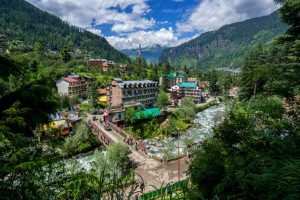
India is the simplest entry point for most Nigerians heading toward the Himalayas. From Delhi, trains and buses travel north to Himachal Pradesh, Uttarakhand, and Ladakh regions filled with monasteries, pine forests, and snow-covered peaks.
Visa Process
Nigerians can apply for an Indian eVisa through the official government website, indianvisaonline.gov.in. The process is entirely online and takes about 4 to 7 working days. You’ll need:
- Passport valid for at least 6 months
- Passport photo and scanned bio-data page
- Flight and accommodation details
- Proof of funds (around $50 per day of stay)
The visa fee ranges from $80 to $100 (₦130,000 to ₦160,000), allowing stays up to 60 days with multiple entries.
Where to Go
Start in Manali or Dharamshala, both lively mountain towns that serve as good places to acclimatize. From there, you can head to Leh-Ladakh, the heart of Indian Tibet, where the air is thin and the landscape appears like a painting from another world. Visit the Hemis Monastery, drive along the Khardung La Pass (one of the highest motorable roads on Earth), and relax by the turquoise Pangong Lake.
Daily expenses range from ₦40,000 to ₦60,000, with local meals costing under ₦5,000. Safety is high, and the people in the Himalayas, especially in Ladakh, treat foreigners with great kindness.
Nepal: The Soul of the Mountains

If India is the gateway, Nepal is the heart of the Himalayas. This landlocked country is home to Mount Everest and feels like an open-air playground for adventure. Despite its grandeur, Nepal continues to be one of the most welcoming and affordable spots for African travelers.
Visa Process
Nigerians can get a tourist visa on arrival at Tribhuvan International Airport in Kathmandu. Requirements include:
- Passport valid for 6 months
- Passport photo
- Return ticket
- Proof of accommodation
The visa fee is $30 for 15 days, $50 for 30 days, and $125 for 90 days (between ₦48,000 and ₦200,000). Payment is in cash upon arrival, preferably in USD, and the process usually takes less than 30 minutes.
Where to Go
Start in Kathmandu, a city buzzing with spiritual energy. Visit Swayambhunath (the Monkey Temple) and Pashupatinath Temple before heading to Pokhara, a lakeside town surrounded by mountains. From there, many travelers trek into the Annapurna region, one of the most beautiful hiking areas in the world.
If multi-day hikes aren’t your style, take a scenic flight over Mount Everest from Kathmandu for an unforgettable view, costing around ₦250,000 to ₦300,000.
Nepal’s affordability is impressive. You can live comfortably on ₦30,000 to ₦50,000 per day, which includes accommodation, food, and transport.
Bhutan: The Hidden Kingdom
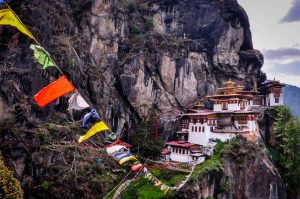
For those looking for a deeper, more spiritual experience, Bhutan, known as the “Land of the Thunder Dragon,” is unique. In Bhutan, happiness is a national priority. Monasteries cling to cliffs, and the focus is on gross national happiness rather than GDP.
Visa Process
Bhutan does not offer an eVisa or visa-on-arrival for Nigerians. You must apply through a licensed Bhutanese tour operator via the official portal, visitbhutan.com.bt. The visa itself costs $40 (₦64,000), but the main expense comes from the daily Sustainable Development Fee (SDF) of $100 per night (₦160,000), covering accommodation, transport, guides, and meals.
While it can be costly, the experience is well-organized and stress-free. Once you are approved, everything from airport pickup to sightseeing is arranged.
Where to Go
Visit the Tiger’s Nest Monastery, which is perched on a cliff over 900 meters high. This pilgrimage tests endurance and rewards the soul. The capital, Thimphu, is quiet, clean, and filled with art galleries and temples. For Nigerians looking for a rare and peaceful escape away from crowds, Bhutan is the ultimate Himalayan getaway.
Preparing for the Altitude
Coming from the lowlands of West Africa, the first shock in the Himalayas is the altitude. However, with preparation, your body can adjust smoothly.
- Train ahead: Light jogging or stair climbing a month before your trip can enhance endurance.
- Hydrate regularly: Aim to drink at least 3 liters of water daily.
- Avoid alcohol for the first few days: It can increase dehydration and worsen altitude effects.
- Eat lightly and rest: Your body burns more energy at high altitudes.
- Take breaks: Don’t rush climbs or hikes; even short walks can leave you breathless at 3,000 meters.
Many Nigerians notice that after two days, their bodies adapt. Once acclimated, the experience becomes euphoric — clear skies, tranquility, and a feeling of being above the world.
Costs and Connectivity
Traveling across the Himalayas remains affordable. Flights from Lagos to Kathmandu or Delhi range from ₦900,000 to ₦1.3 million round-trip, depending on the season. Local transport is cheap: domestic flights in Nepal cost about ₦80,000 to ₦100,000, and bus routes in India are under ₦5,000.
Internet access is generally reliable in most cities and towns. SIM cards go for ₦3,000 to ₦5,000 and offer high-speed 4G data. Major hotels accept cards, but it’s wise to carry cash in smaller towns and monasteries.
Why the Himalayas Matter
The Himalayas offer a lesson in humility that no resort can match. Standing on a ridge in Nepal or watching dawn break over the snowy peaks of Ladakh is a spiritual experience. It strips away distractions like social media, traffic, and daily routines, replacing them with silence and wonder. For Nigerians who thrive on the energy of cities like Lagos or Abuja, this calm is life-changing.
The mountains remind travelers that distance isn’t only about miles, it’s about perspective. For every Nigerian dreaming beyond borders, the Himalayas prove that no destination is too high to reach.


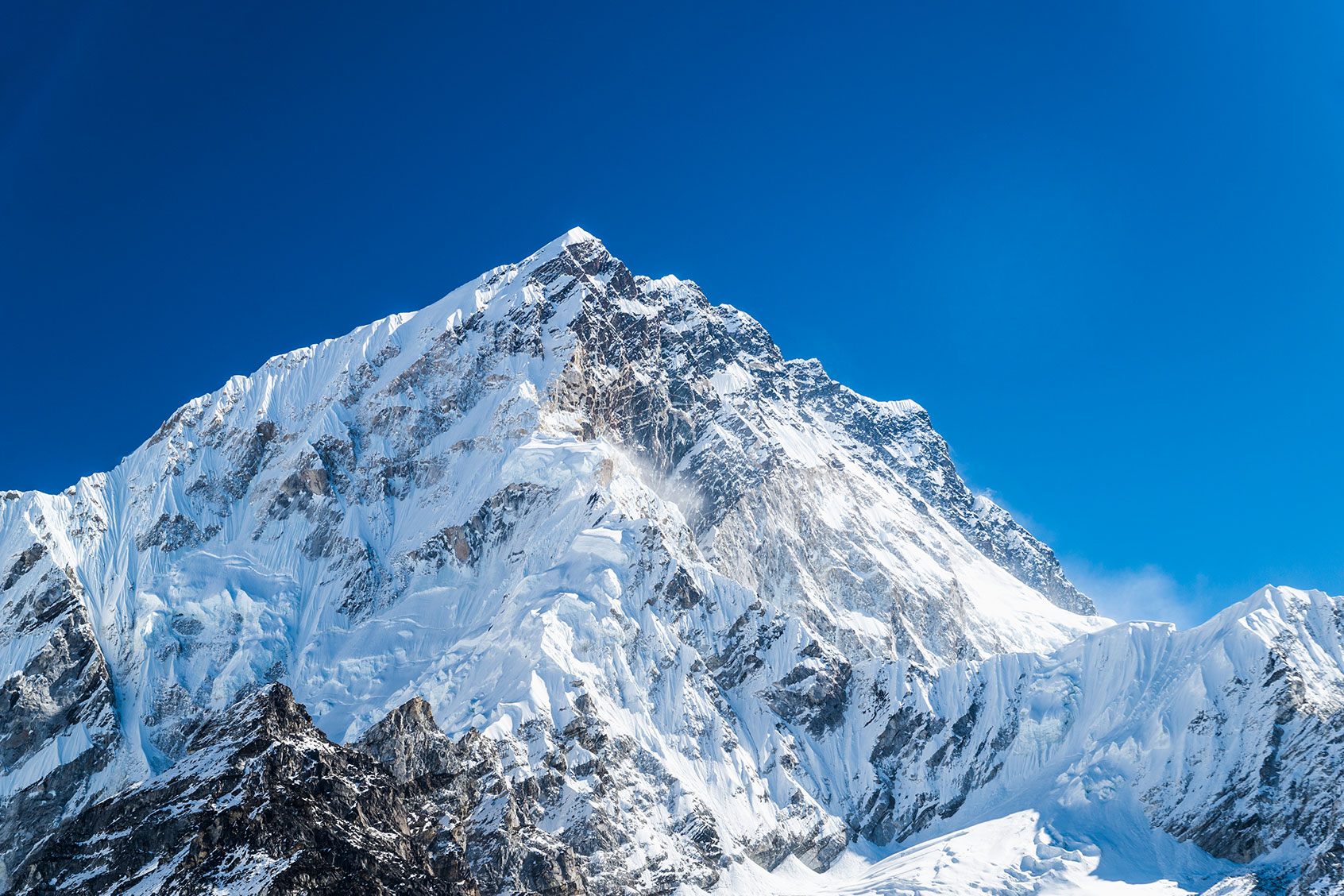
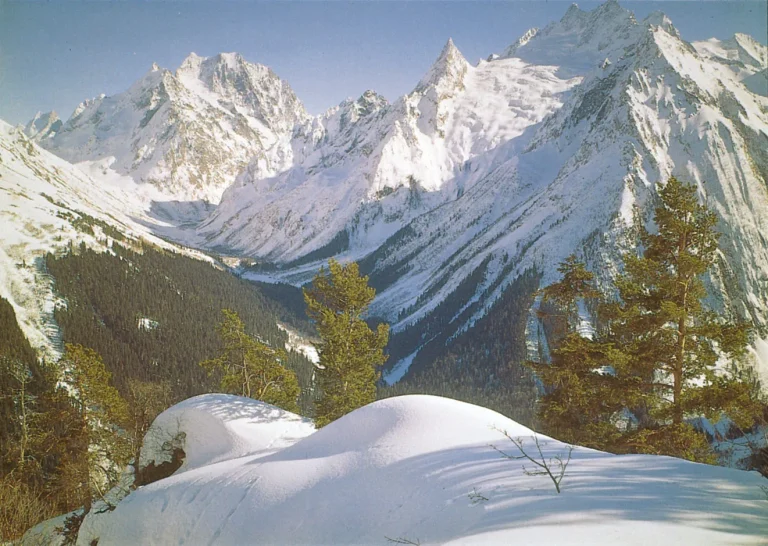
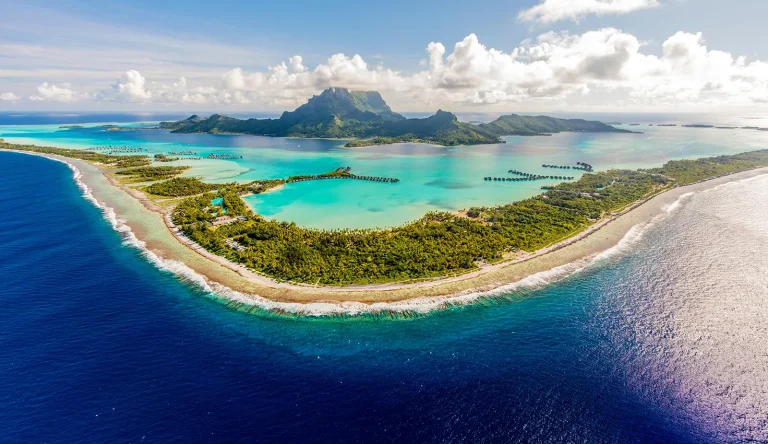
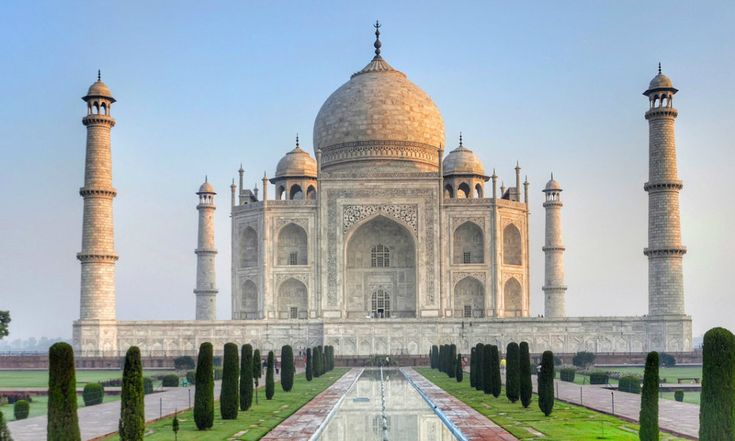
Leave a Comment